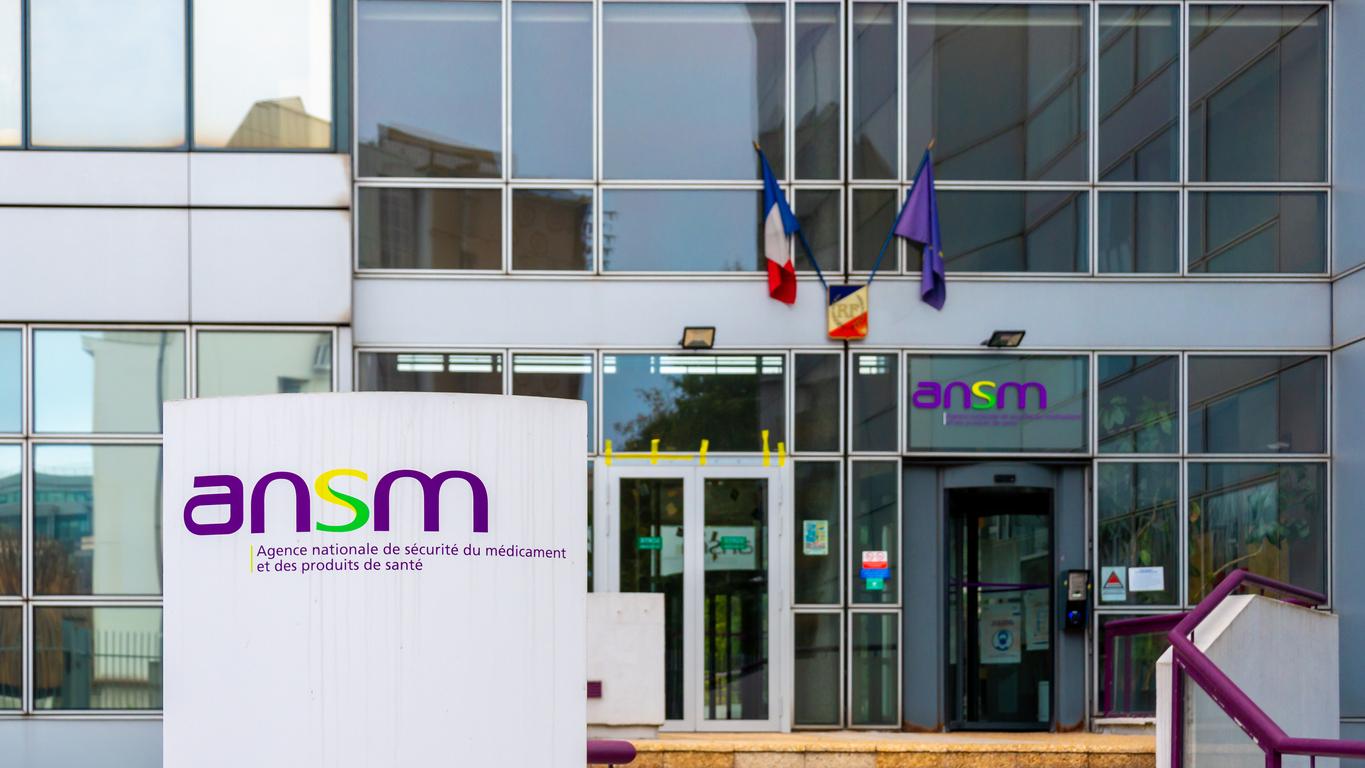No one can deny that there is a real crisis. Whether it is health, media or linked to a lack of information, the Medicines Agency (ANSM) struggles to manage it but offers some avenues in a press conference.

Since the change in the formula of Levothyrox by the Merck laboratory at the end of March, thousands of patients have reported painful or unbearable side effects, out of the 3 million who take it. As a reminder, this change in formula only concerns the “excipients”, the inert products of the tablet, and was intended to respond to a request from the Medicines Agency which wanted to ensure the stability of the drug.
Reports of patients from July
As early as July, social networks and patient associations revealed the first reports of adverse effects. It was not until mid-August that the press echoed a petition from patients under Levothyrox denouncing the adverse effects caused by the new formula and which already had 20,000 first signatories. In the following days, the petition requesting a return to the old formula was signed by 312,000 people and the notifications of adverse reactions multiplied on the ANSM pharmacovigilance portal to reach more than 20,000.
Self-destabilization of the ANSM
A shame: the agency is destabilized by the improvement of its own pharmacovigilance system which no longer concerns only doctors but also patients. Even if this only makes less than 1% of patients, the crisis is on and will not stop.
However, the Agency thought it had done well since it had sent an information letter to 400,000 health professionals before March to announce this change. Information that was useless since it did not raise the hypothesis of such strong adverse effects … since it was not anticipated!
A lack of anticipation
However, there was reason to think that something would happen since in 2009, in France, a generic of Levothyrox had already been offered. The reactions of some patients had already been so strong that the Medicines Agency had recommended doctors to monitor “patients at risk” and that doctors had quickly stopped prescribing the generic. They even put “non-substitutable” on their prescriptions for Levothyrox, so pharmacists could not replace it with the generic.
The Agency could also look abroad where this change to the new formula has already been made (Denmark, New Zealand, etc.), in order to see how it happened.
The agency is up against the wall
Today, after having asked the Merck laboratory to import 200,000 boxes of the old formula on two occasions, there will be no more because the production lines have been stopped and it takes at least 4 months if the we want to relaunch them and even if 4 other drugs now exist, they are not strictly identical to the old formula.
The Agency is up against the wall and it is to try to regain control that it launched in a press conference on December 8 a whole series of avenues to improve the management of this type of crisis: in two words, the aim is to expand “risk analyzes” by better monitoring social networks, and to develop new information and risk management tools.
Information, monitoring and data management
Informing physicians through letters cannot be the alpha and omega of information from the ANSM, which is reflecting on the development of an application that would be aimed as much at doctors as at patients. As for the monitoring of social networks, many scientific studies report the monitoring of tweets, for example to detect the start of an influenza epidemic. It is not more effective than a good pharmacovigilance, but it quickly gives other information. The ANSM pharmacovigilance portal has nevertheless played its role in this field: as soon as patients learned from the press that it was possible for them to report their adverse reactions, the number of reports jumped: it was multiplied by 80 in a few days and the proportion of reports by patients rose from 5% in normal times to more than 90%. However, this data was not exploited quickly enough.
Respect the words of patients
In fact, in spite of wanting to develop all the systems in the world, it is useless if the doctors and the Medicines Agency do not really take patients’ complaints into account. As the change of formula cannot, pharmacologically, be responsible for any toxicity, everyone puts these reports of adverse effects, at best on another associated disease, at worst on “hypersensitivity” of patients. . The ANSM thus recalls that nearly 15% of patients already complained of adverse effects at some point in the year when they were under treatment with the old formula of Levothyrox.
The ANSM and the doctors did not want to consider that the patients could suffer and this is where the shoe pinches. This is also why the trials are announced with different possibilities of attack and jurisdictions: lack of information, deception or incompetence of the agency. It’s several opportunities to win.
.















